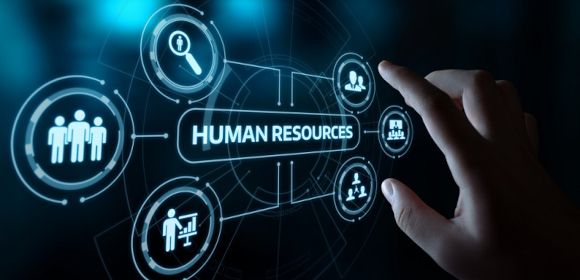11+ AI in HR Recruiting Examples to Download
Artificial Intelligence, or AI, is a rapidly growing and developing field in robotics that can automate, generate, and adapt to user demands and contexts in multiple types of environments and fields. Human Resources or HR is a section of a business that deals with the management of all the individuals working in the business or company. Not only will HR deal with any issues or queries of the employees or workforce, but they are also responsible for the recruitment and onboarding process of new employees. AI and automation have a large effect in creating efficient and effective processes that will help HR conduct and do their work.
1. Job Advertisement of AI in HR and Recruiting
Job advertisements and postings are a great way to inform the public about potential job openings in the workforce, but these postings are also a good way to increase the public reach and awareness of one’s business or company. The HR department can use AI to help create job advertisements and postings that are catchy and will concisely relay information to the readers. People can also automate the data transfer process from job listing websites to a specified database. The HR should also double-check, verify, and modify the content the AI will generate.
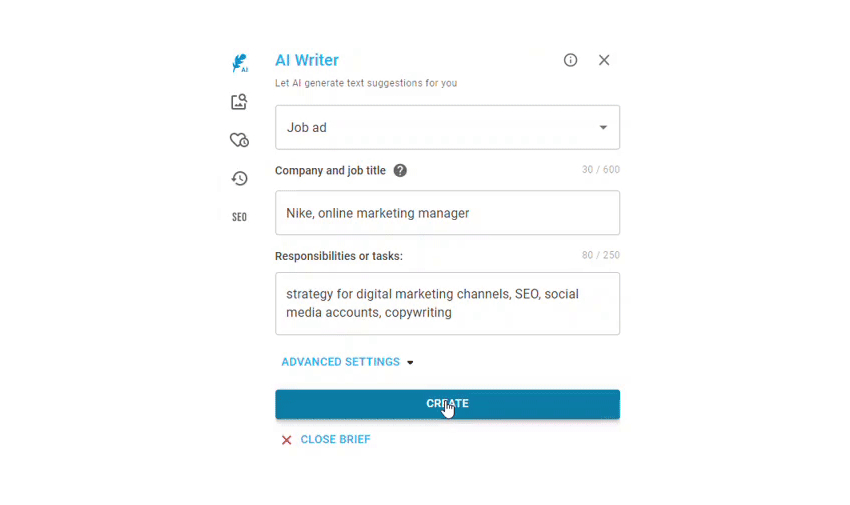
2. Job Interview Questions of AI in HR and Recruiting
Interview questions are queries and concern the interviewer would use to gauge and examine the interviewee’s point of view, performance, and attitude in a specified context. In HR, the interviewer will use the job interview question to determine the viability of the candidate for the position they are interviewing for. One can use AI to help create job interview questions that will elicit a specific description or element of the candidate. Just note, one should double-check the job interview questions the AI will generate.
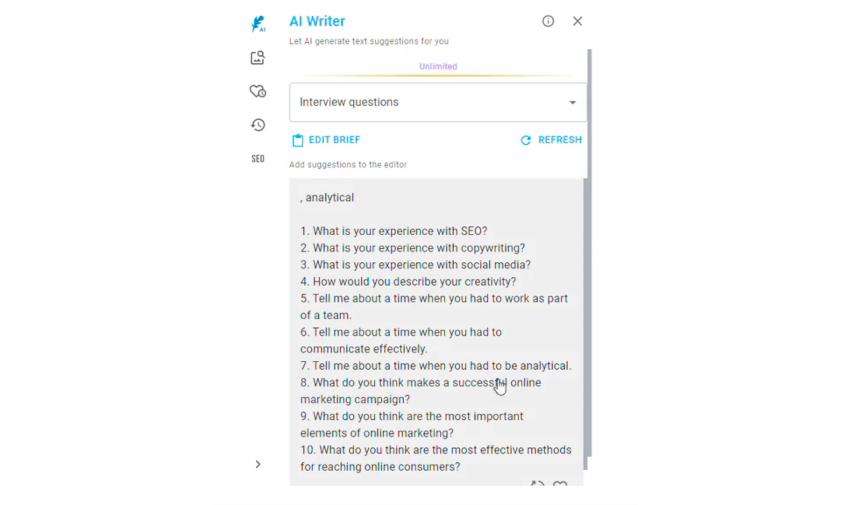
3. Company Vision AI in HR and Recruiting
The company’s vision represents all of the long-term goals and objectives the company or business wants to achieve in the future. This vision statement will succinctly incorporate all of the company’s values and attitudes, which the company’s employees should represent. People can use AI to help brainstorm and proofread the company’s vision statement to ensure that the intention of the vision is communicated properly to its intended audience. Note, AI should not dictate the company vision statement as it is the human purpose and intention of the heads of the company.
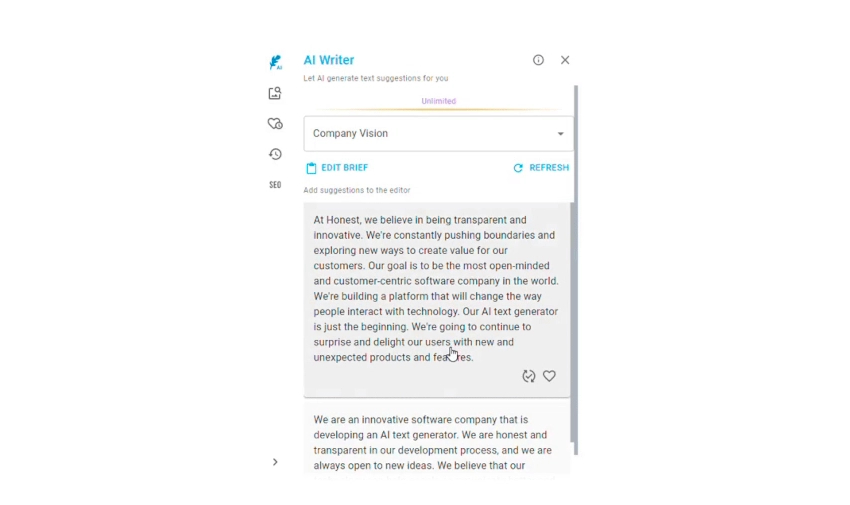
4. Problem Statement AI in HR and Recruiting
Human problems and interpersonal issues are always present in social groups and organizations that have as little as two to multiple personnel. The problem statement is a written statement that succinctly explains the issue or problem that has occurred in the workplace or the company between an individual or a group of employees. HR practitioners can use AI to help explain and proofread the problem statement and even expound on the various elements that are present in the problem statement.
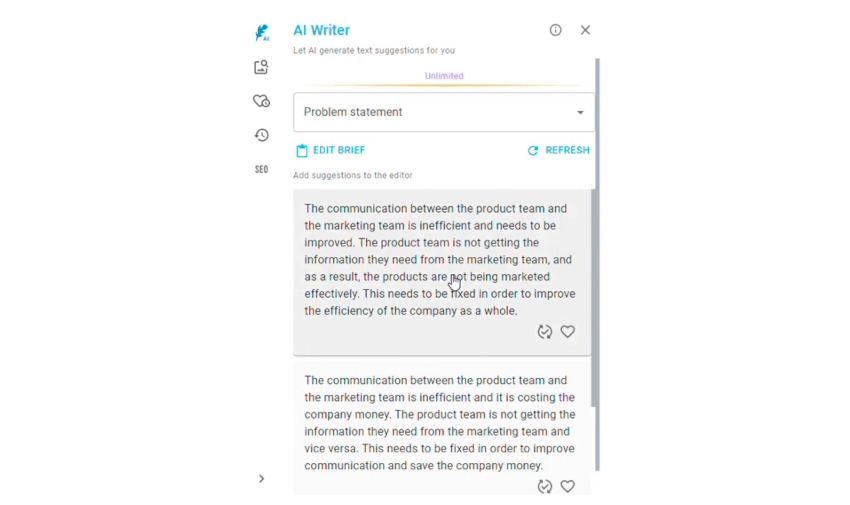
5. E-mail Texts of AI in HR and Recruiting
People can use emails and email blasts to help disseminate important instructions, pieces of information, and work memos to all or selected employees without the need to physically inform said employees. HR practitioners and experts can use AI to help create these email texts or blasts to properly format, pace, and communicate messages to all employees that are succinct and understandable.
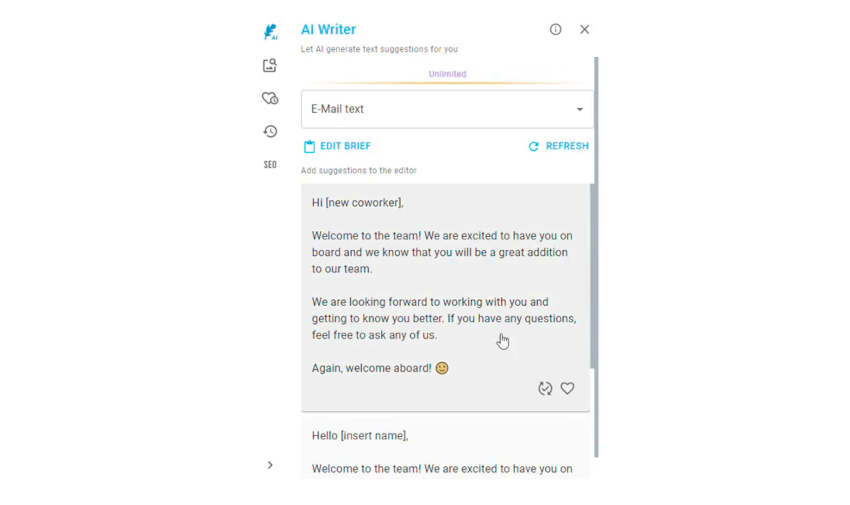
6. Auto-Scanning of Candidate Resumes of AI in HR and Recruiting
When a job posting is online, HR will have to keep scanning and perusing all the applications the potential candidates will send to the job posting in specific websites. This is a menial task as it requires a lot of effort on the HR’s part just to input the data. The company can instead develop automation that will automatically send, sort, and input the data to Google spreadsheets, notion, and other data hosting websites. This will ensure that HR will not waste time searching and combing through the data and will allow them to tackle more complicated tasks.
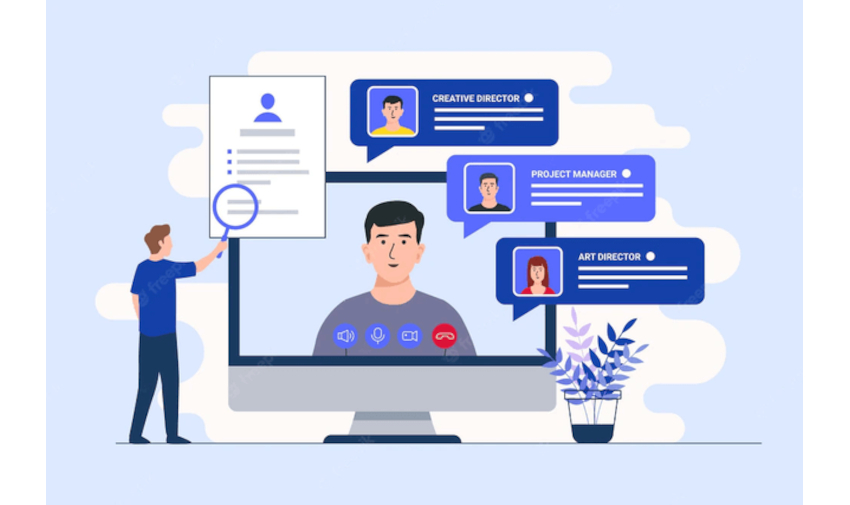
7. Removing Non-Inclusive Words from Job Descriptions of AI in HR and Recruiting
Discrimination and bias are a few of the elements that will always reduce the workplace experience and job satisfaction the employee will feel. This element can also lead to situations where a person will be harmed or will result in a lawsuit. One will need to reduce discrimination in all aspects of the job. The job description is a succinct text that will explain the job’s responsibilities. One can use AI to improve the inclusivity of all the aspects of the job description and can even help refine the quality of the overall job description.
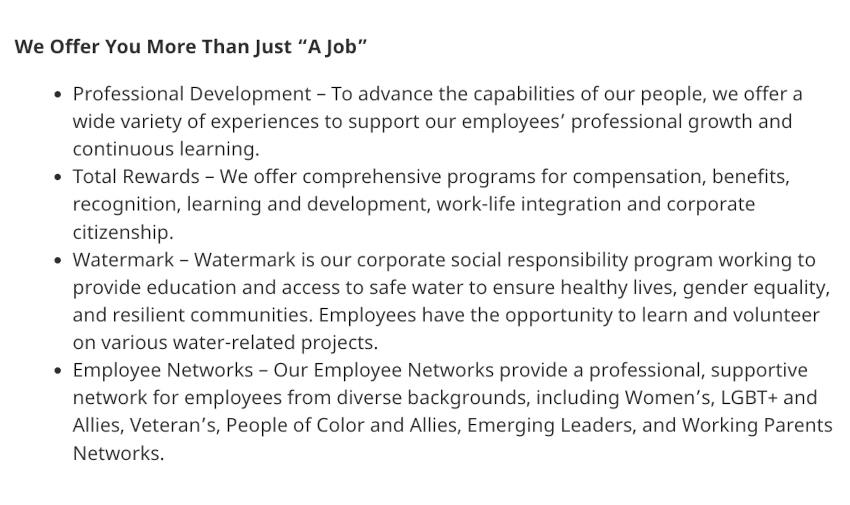
8. Onboarding in AI of AI in HR and Recruiting
Onboarding is a process HR practitioners or Team Leaders do to integrate and bring new employees up to speed on the processes and status of the business or company’s prodcuts or services. HR practitioners and TLs can use AI to help automate specific tasks of the onboarding that will lead the person through easy and simple topics. Not only that but the HR department can use AI to also develop an outline or outline format they can use to onboard new employees.
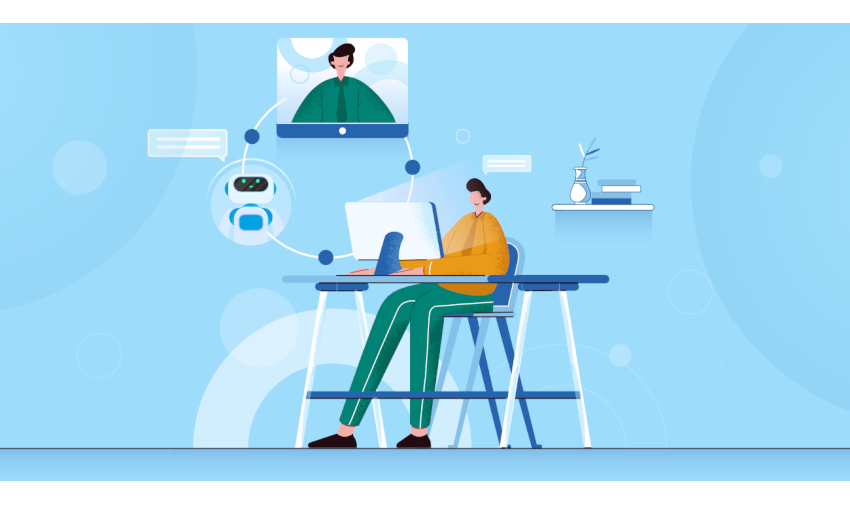
9. Conversation Analytics of AI in HR and Recruiting
Interviews are one of the best tools to obtain subjective data, which the HR can use to gauge the person’s viability for the position and their social fit to the company or business. One can record the interview with the interviewee’s consent and use AI to help analyze specific tones and aspects of the conversation. This will provide a deeper understanding and insight to the overall tone of the interview.

10. AI-Powered Background Checks in HR and Recruiting
Background checks are actions HR will do to determine whether or not the candidate has the traits and abilities the said candidate has written into their resume. Some parts of the background check require menial tasks such as obtaining and sorting out printed documents and certification. Automation can complete and accomplish these menial tasks without requiring HR to use or spend more effort on this action, and can instead focus on complex parts of the background-checking process.
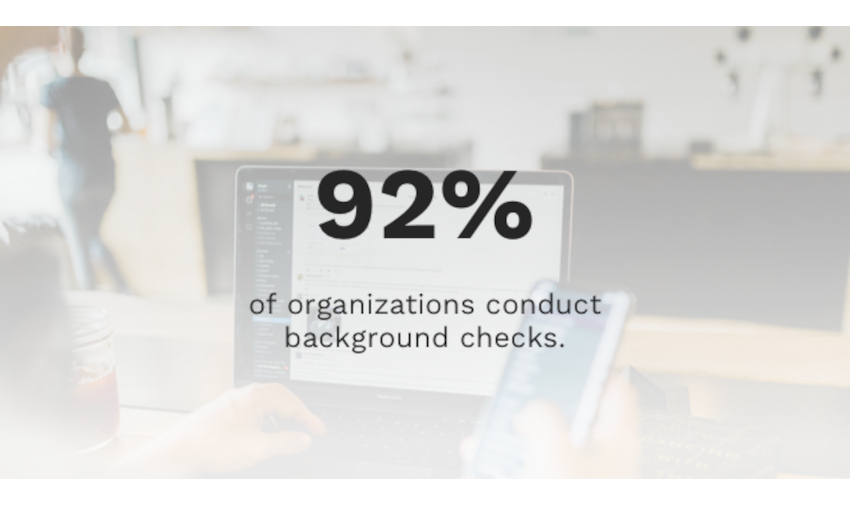
11. Assessing Team Strengths and Bridging Talent Gaps of AI in HR and Recruiting
Team strength is an aspect of the team in the workplace that would indicate the high quality and speed of specific actions and processes the said team can accomplish on their work day. A talent gap is an observable distance between the worker or employee’s current skill and the preferred skill their position requires from them. HR can use AI to help contribute, assess, and address a team’s strengths and the individual talent gaps that might be present in the team.
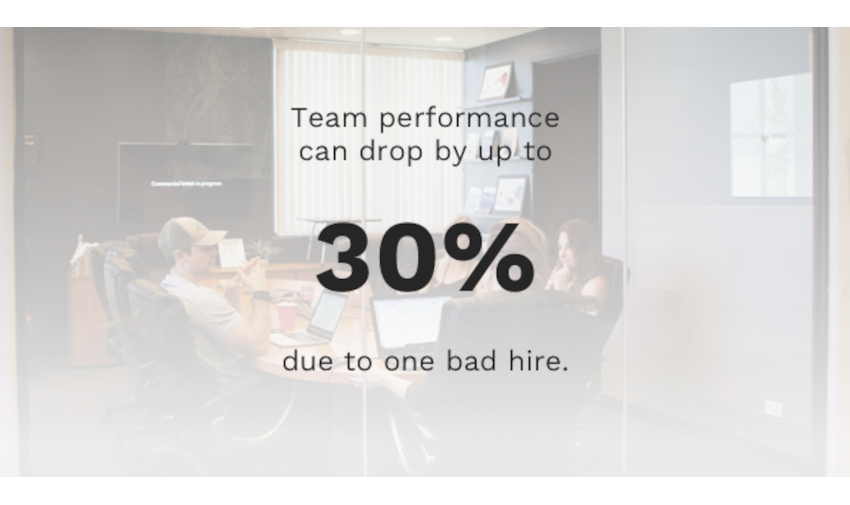
12. Rerouting Candidates Examples of AI in HR and Recruiting
In the advent of the digital age and the modern usage of computers and the internet, most companies utilize and rely on online job recruitment and postings. The HR employee or the personnel has to constantly and routinely check the online posting for new applicants or updates. This process will take HR some time to complete and accomplish, which automation can do in a matter of seconds. One can use AI to provide live updates to the HR and compile data as soon as it is available.
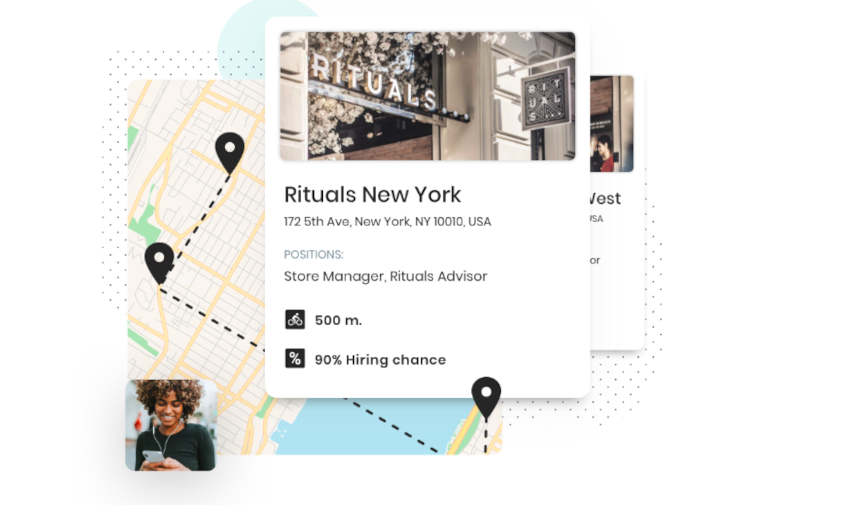
What Are the Uses of AI in HR and Recruiting?
People can use artificial intelligence and robotics to help improve specific elements, characteristics, processes, and sections of human resources. These capabilities can range from the creation of various advertisements for recruitment, Email generation, automation of data, and training. Human resource specialists can also use AI to help quickly analyze specific data and information that will help them cater to the various weaknesses and strengths of specific individuals and organizations in the business or company. If you are looking for sample use cases and usages of AI in HR and recruiting, you may use any of the examples and explanations in the headers above.
How to Use a Chatbot AI to Help Write An HR or Recruitment Email
Chatbot AI is a type of Artificial Intelligence that allows people to interact, request, and communicate with the chatbot. Chatbots often can generate content, templates, outlines, and formats that people can use for specific tasks and purposes. One can use a chatbot to help create any formal Email or letter template that will span multiple tones and themes. A person can integrate this into the HR process by using AI to help create recruitment letters, advertisements, emails, and petitions without wasting too much time composing the text. For this How-to we will be using ChatGPT as the chatbot.
Step 1: Choose the Type of Letter or Purpose of the Content HR will Generate
The type of letter or content or the HR-related purpose will determine the output and outcome you want to generate through ChatGPT. Not only will it affect the content the AI will generate, but the main purpose of the effort will also dictate the prompt or instruction you will formulate and feed to ChatGPT. Start by choosing or selecting the main purpose or the type of letter you will generate through the use of ChatGPT. It is important also to be specific with the intent or purpose of your topic.
Step 2: Create and Edit the ChatGPT Prompt
The ChatGPT prompt will act as the main medium of communication between you and the AI, which will provide the AI with instructions it will use to create or generate the output. There is a proportional effect and relationship between the quality of the prompt and the quality and accuracy of the AI’s output or content. After you have chosen the topic or purpose of the content, you must create and write a concise prompt. Note, you can feed examples on the prompt that will aid in the generation of its content.
Step 3: Input the Prompt and Generate the Output
Before processing the 3rd step, you must log in or create a ChatGPT account. After you have done all of that, you must either create a new or use a previously created conversation with the chatbot. Then you must write or copy and paste the prompt into the empty chatbox on the bottom part of ChatGPT’s UI. After you have done all of that, you must press the send button on the right side of the chatbox or press the enter key on your keyboard.
Step 4: If You Are Not Satisfied, Edit the Prompt or Regenerate the Output
When you have finished all of the steps above, ChatGPT should generate content or output that will reflect the HR or recruitment-related prompt you have entered into the AI. If you do not like or are not satisfied with the content of the prompt, you have multiple options to tweak and modify the output of the AI’s content until you are satisfied with the result. You can opt to edit the prompt and its various elements and reinput it into ChatGPT. Alternatively, you can regenerate the output by clicking the appropriate button in the conversation. Another option you can do is to edit the output to your liking.
FAQs
The human resource department has a lot of responsibilities and processes they have to undergo during a single working day, which will take a lot of their working time doing some menial and tedious tasks. One can automate specific tasks and processes to not only create an effective HR process but also can save more time for HR to tackle higher-priority tasks. For example, if a service business is trying to recruit more employees, HR can use AI to automate the transfer the documents and letters from interested applicants into a database instead of HR doing all of that manually.Why is it important to automate some processes in HR and recruitment?
Job interview questions are specific questions or queries the interviewer uses to obtain and gauge the interviewee’s qualifications, reactions, attitude, behavior, and fit in the business or company’s workforce. This fact alone determines the importance of the questions, which means that these said questions should be high quality. Therefore, the HR specialist or interviewer should read and double-check their AI-generated questions and determine if it obtains the desired data.When using AI to create job interview questions, why is it important to double-check the AI-generated questions?
No, the company CEO or heads should determine and create the company’s mission, vision, and objective statement. This is very important as this will indicate to both the employees and consumers the direction and aim of the company in the future. One can use AI to help formulate and conduct brainstorming sessions that could lead to the creation of a mission, vision, and objective statement. Therefore, one should not inherently rely on AI to determine and create the business’ mission, vision, and objective statement.Should I let AI determine the company’s mission, vision, and objective?
Artificial Intelligence, or AI, has a lot of potential positive impact on the field or section of Human Resources and recruitment. Not only will AI help automate specific processes, but it will also ensure that these minute tasks are done perfectly with little to no issues. It is important to know for HR practitioners and professionals to know how to apply and integrate AI into their work processes.


